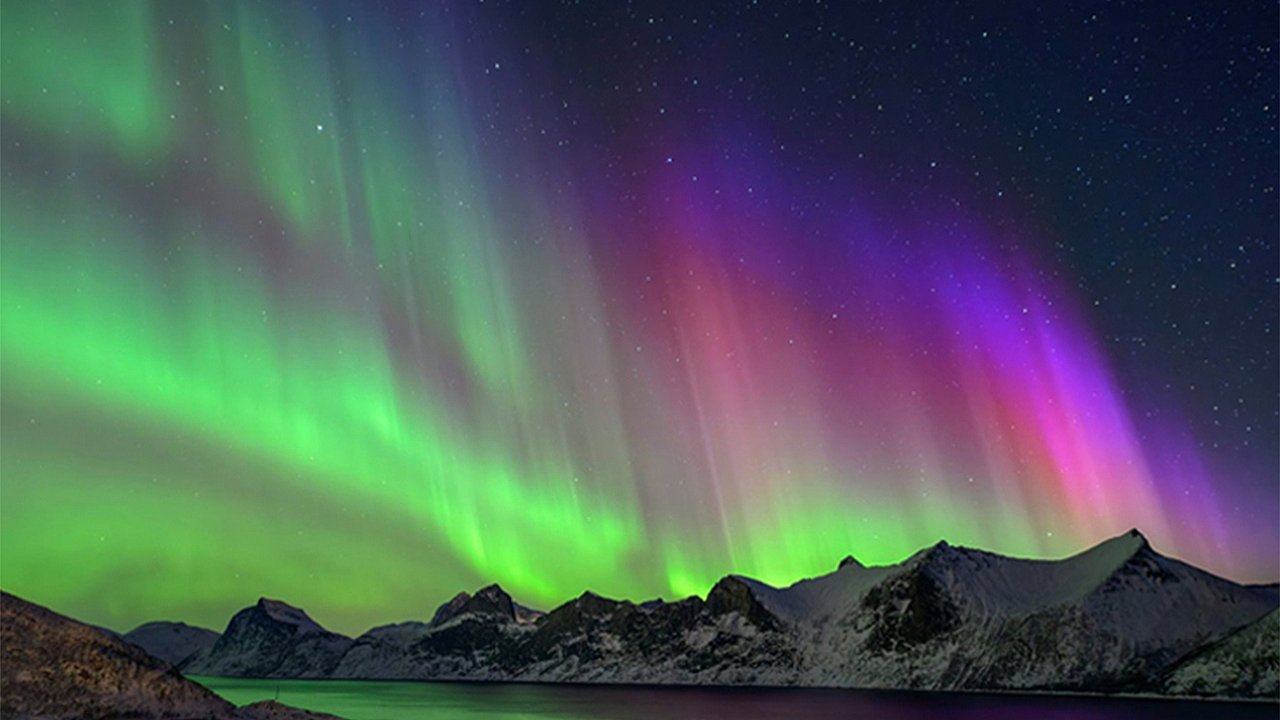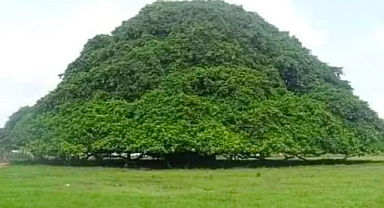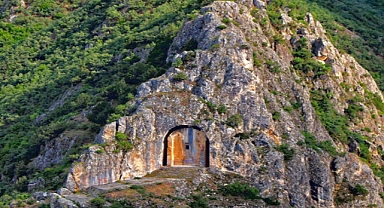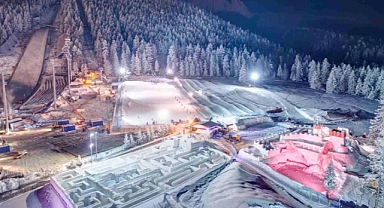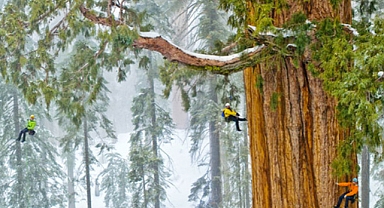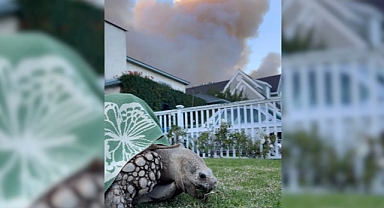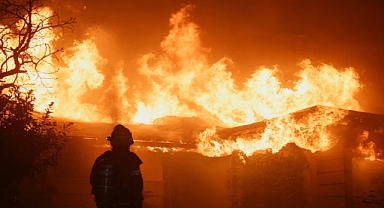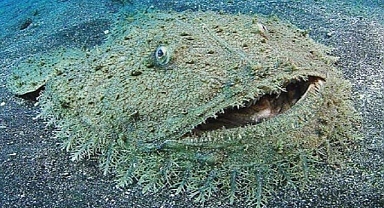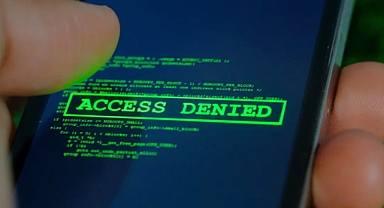Chicago Could Witness Dazzling northern lights Thursday as Powerful solar storm Approaches Earth
A powerful geomagnetic storm is barreling toward Earth, expected to hit on Thursday, and conditions could be perfect for Chicagoans to witness a rare and breathtaking display of the aurora borealis, or northern lights. The Space Weather Prediction Center, run by the National Oceanic and Atmospheric Administration (NOAA), is closely monitoring a fast-moving coronal mass ejection (CME), often referred to as a "solar burp" or gas bubble, which erupted from the sun on Tuesday night.This particular CME is speeding toward us at an incredible 1,200 kilometers per second. On the geomagnetic storm watch scale, which ranks storms from 1 to 5 (with 5 being the most extreme), this event has been classified as a level 4. Such a high watch level is seldom issued, making this a significant event. Alongside the potential for awe-inspiring auroras, these intense solar storms can also cause disruptions to GPS systems and communications.Aurora enthusiasts across the country are eagerly comparing the viewing conditions for this Thursday and Friday to those from May, when the northern lights were visible in regions that rarely see them. If the forecast holds true, the aurora could be visible as far south as Alabama. Meteorologists from Illinois Storm Chasers have even suggested that people in Illinois may be able to spot the aurora with the naked eye, as opposed to only through a camera lens, offering a unique chance for many to see this natural phenomenon.
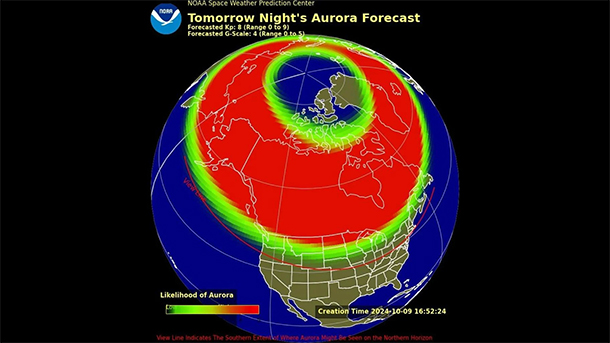 What Causes the Aurora Borealis?
What Causes the Aurora Borealis?
The northern lights occur when high-energy particles from the sun collide with Earth's upper atmosphere, where the planet’s magnetic field directs them toward the poles. These solar particles interact with nitrogen and oxygen atoms in the atmosphere, "exciting" them or transferring energy. When these atoms release that energy, they emit light, creating the beautiful colors of the aurora. Green hues are caused by oxygen, while nitrogen atoms produce blues, pinks, and purples.Viewing Tips for the Northern Lights
First, pray for clear skies. According to the Space Weather Prediction Center, the best time to catch the aurora is typically between 10 p.m. and 2 a.m., with the most intense activity happening an hour or two before midnight. Although it's advisable to escape city lights for the best view, many people were able to witness May's aurora from within Chicago’s city limits. For real-time updates on geomagnetic storm forecasts and aurora visibility, check the Space Weather Prediction Center’s website.
A powerful geomagnetic storm is barreling toward Earth, expected to hit on Thursday, and conditions could be perfect for Chicagoans to witness a rare and breathtaking display of the aurora borealis, or northern lights. The Space Weather Prediction Center, run by the National Oceanic and Atmospheric Administration (NOAA), is closely monitoring a fast-moving coronal mass ejection (CME), often referred to as a "solar burp" or gas bubble, which erupted from the sun on Tuesday night.This particular CME is speeding toward us at an incredible 1,200 kilometers per second. On the geomagnetic storm watch scale, which ranks storms from 1 to 5 (with 5 being the most extreme), this event has been classified as a level 4. Such a high watch level is seldom issued, making this a significant event. Alongside the potential for awe-inspiring auroras, these intense solar storms can also cause disruptions to GPS systems and communications.Aurora enthusiasts across the country are eagerly comparing the viewing conditions for this Thursday and Friday to those from May, when the northern lights were visible in regions that rarely see them. If the forecast holds true, the aurora could be visible as far south as Alabama. Meteorologists from Illinois Storm Chasers have even suggested that people in Illinois may be able to spot the aurora with the naked eye, as opposed to only through a camera lens, offering a unique chance for many to see this natural phenomenon.
 What Causes the Aurora Borealis?
What Causes the Aurora Borealis?The northern lights occur when high-energy particles from the sun collide with Earth's upper atmosphere, where the planet’s magnetic field directs them toward the poles. These solar particles interact with nitrogen and oxygen atoms in the atmosphere, "exciting" them or transferring energy. When these atoms release that energy, they emit light, creating the beautiful colors of the aurora. Green hues are caused by oxygen, while nitrogen atoms produce blues, pinks, and purples.Viewing Tips for the Northern Lights
First, pray for clear skies. According to the Space Weather Prediction Center, the best time to catch the aurora is typically between 10 p.m. and 2 a.m., with the most intense activity happening an hour or two before midnight. Although it's advisable to escape city lights for the best view, many people were able to witness May's aurora from within Chicago’s city limits. For real-time updates on geomagnetic storm forecasts and aurora visibility, check the Space Weather Prediction Center’s website.
